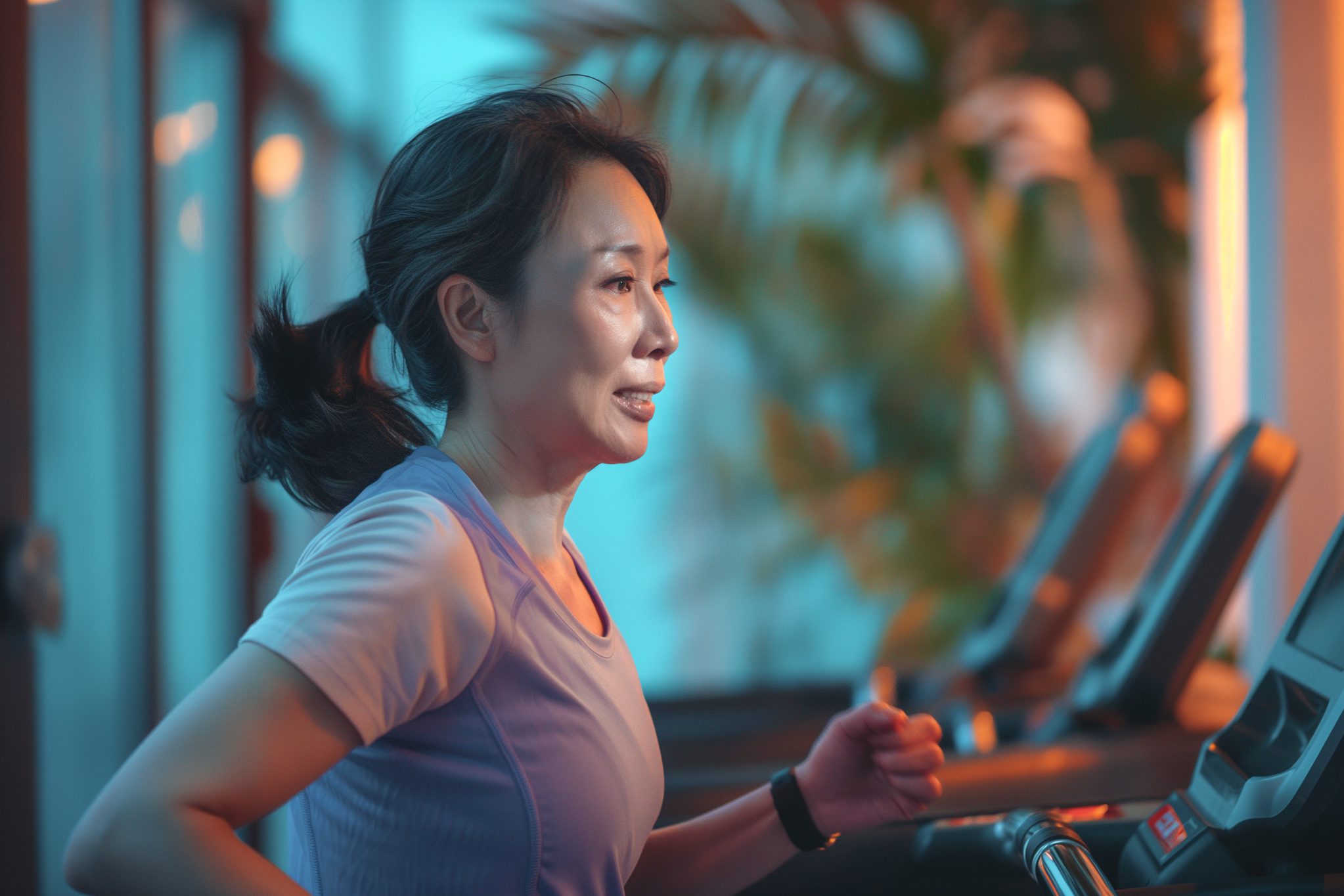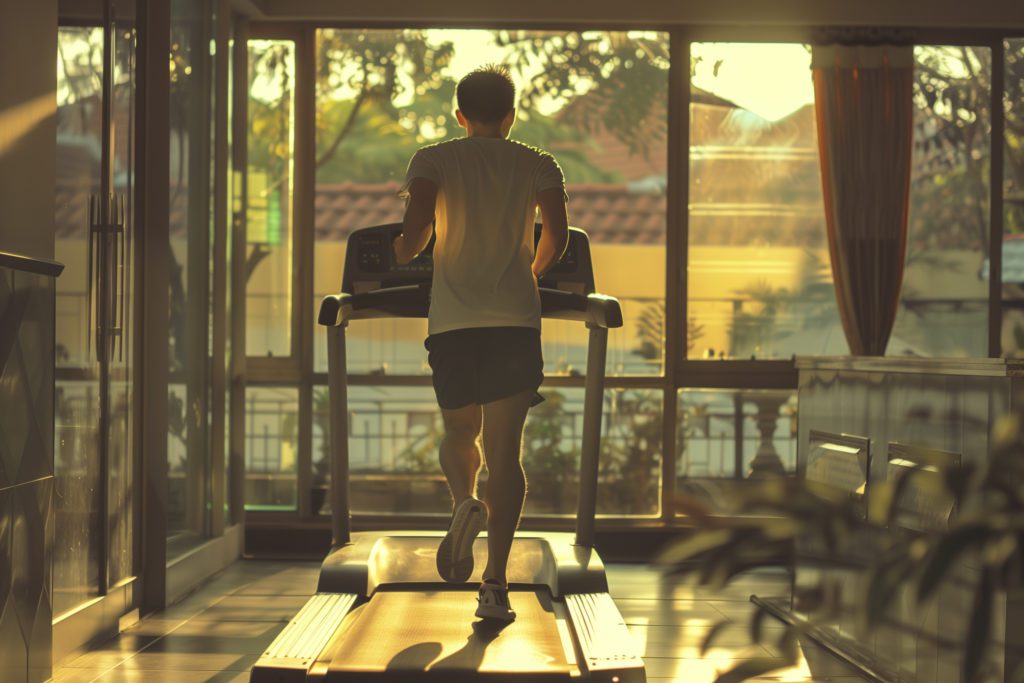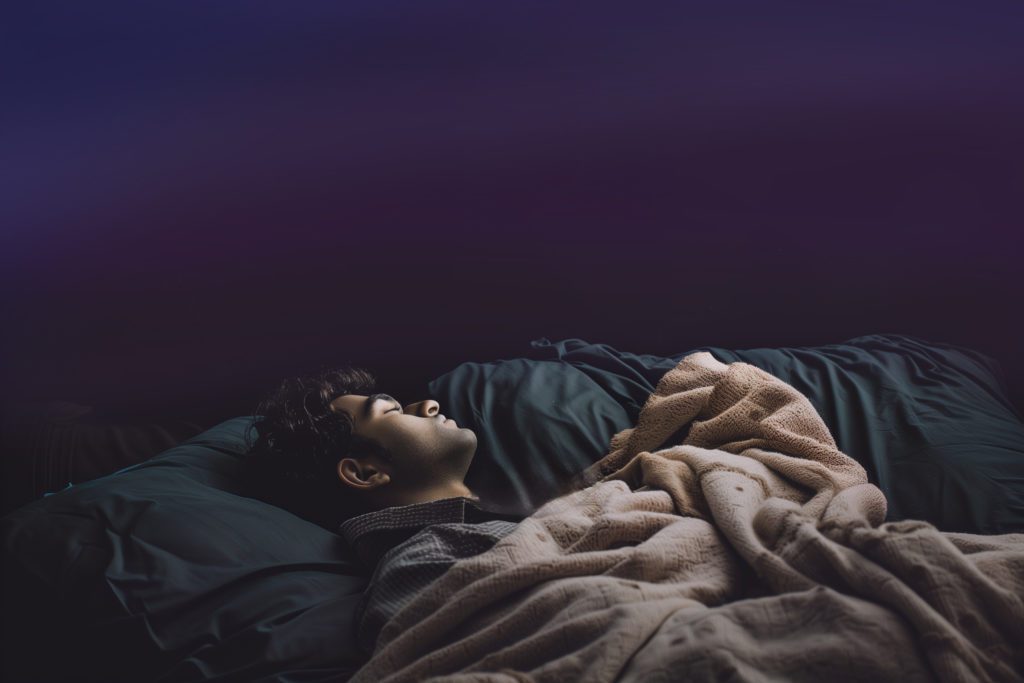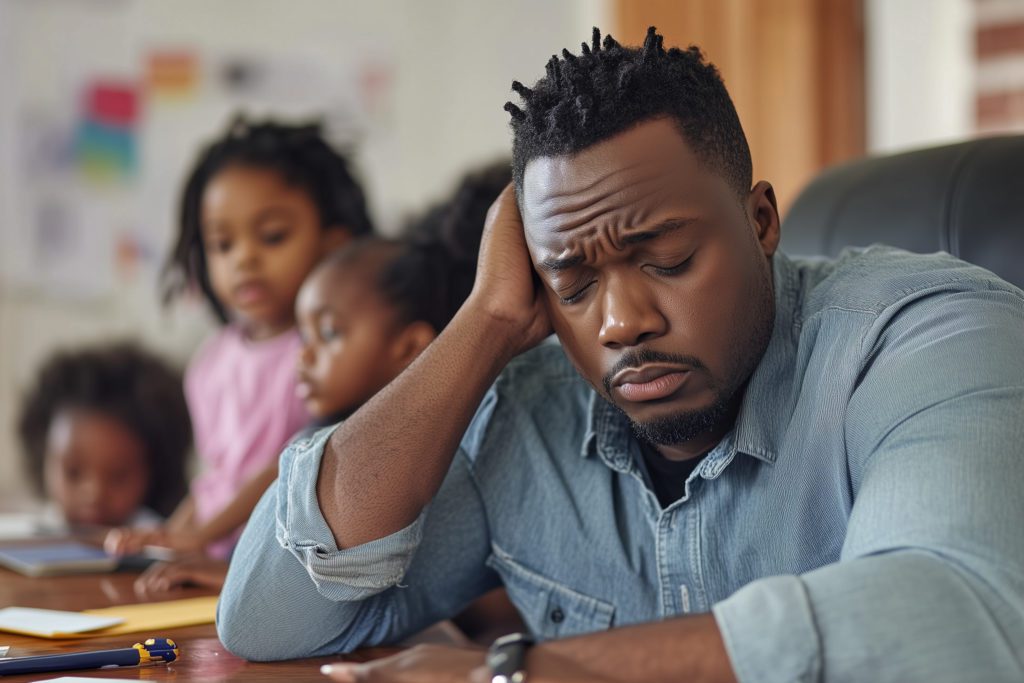
Impact of Exercise on Sleep Quality and Nighttime Leg Cramps
A 30-minute daily exercise can help you fall asleep quicker and sleep better. It can also help eliminate painful leg cramps that wake you up at night.

Getting a good night’s sleep is critical to mental and physical health. Yet, it can be a struggle to sleep well. More than 1 in 3 adults don’t get enough sleep. Fortunately, there’s an easy lifestyle habit that can help you get those coveted Z’s — hitting the gym. Exercising regularly can help you fall asleep faster, sleep better, and longer, according to a study published in the Journal of Behavioral Medicine. It is perhaps one of the best natural sleep aids available.
Exercise helps you get better sleep in several ways. One of the ways that it can help is by reducing nighttime leg cramps. These can be very painful and wake you up out of a deep sleep. They are more likely to occur when you are not active. Read more about exercise, sleep quality, and nighttime leg cramps.
The Impact of Exercise On Sleep Quality
If you have ever experienced the exhaustion and sleepiness that comes after a long hike, then you know that moving more can improve your sleep. There’s a lot of scientific evidence that backs this up as well.
A study published in the journal BMJ Open found that physically active people had a lower risk of insomnia. Participants who exercised at least two times a week were 42 percent less likely to have insomnia symptoms. They were more than 55 percent more likely to get the recommended hours of sleep each night.
Another systematic review concluded that exercise has a positive effect on sleep. People who exercise regularly sleep more soundly, wake up feeling refreshed, and fall asleep faster than those who don’t work out.
How Exercise Benefits Sleep
It’s clear that more physical activity is beneficial for sleep. But, exactly how does it help? There are several potential ways in which exercise can help with sleep:
- Reduces anxiety and depression - People with depression and anxiety often have trouble sleeping. Physical activity has been shown in studies to reduce symptoms of these two mental health disorders. This, in turn, can improve sleep.
- Reduces body temperature - Many people who have insomnia have impaired temperature regulation. Working out within a couple of hours of bedtime can lower your body temperature, helping you fall asleep easier that night.
- Keeps your circadian rhythm in sync - Our sleep cycle is controlled by a 24-hour cycle, known as a circadian rhythm. Studies suggest that exercise can help regulate this sleep-wake cycle.
- Increases your sleep drive - Your sleep drive is your natural need for sleep. It increases the longer you are awake and causes you to feel sleepy. Exercise tires you out and increases your sleep drive. The more active you are, the greater your sleep drive.
- Helps with the release of melatonin - Melatonin is a natural sleep hormone that is produced in response to darkness. It signals to the body that it’s time to sleep. Exercise early in the day has been shown to promote the release of melatonin in the evening. This is one reason why people who exercise regularly fall asleep quicker.
Exercise and Nighttime Leg Cramps
Nocturnal leg cramps are painful muscle contractions that happen at night. Muscle cramps most often affect the calf muscles. One of the main causes of muscle cramps at night is a lack of exercise during the day. Muscles need regular movement and stretching. If you sit at a desk all day and don’t exercise, then it can make the leg muscles more likely to cramp at night.
Doing some light stretching or a gentle yoga routine before bed can helpreduce leg cramps at night. Taking a short walk around the neighborhood a couple of hours before bed may also help.
Who Can Benefit From Exercise for Sleep?
Exercise is an effective and safe way to improve sleep for many people — from older adults to those who are pregnant.
Exercise may be especially beneficial for people with certain sleep disorders. In one study, those who were diagnosed with insomnia experienced improved sleep quality when they exercised for 30 minutes three times a week or more.
People diagnosed with obstructive sleep apnea who did 150 minutes of exercise a week for 12 weeks decreased their sleep apnea severity by 25 percent, in a study published in Sleep.
Those with restless legs syndrome (RLS) also benefit from exercise. Symptoms are often worse at night and affect sleep. A moderate exercise routine can help provide symptomatic relief.
What Types of Exercise Help With Sleep?
You don’t have to do high-impact exercise to sleep soundly at night. A brisk 30-minute walk or gardening session will help. But, make sure you throw in some regular resistance training, as well. Studies have shown that people who do at least three sessions of resistance training a week have better sleep quality. Examples of resistance exercises include squats, lunges, and planks.
Relaxing forms of movement like Tai chi, yoga, and stretching are great for doing close to bedtime. These types of exercises promote relaxation and reduce stress, which can help you get a better night’s rest.
When to Exercise
You might wonder whether or not there is an ideal time to work out. Well, when you exercise matters. There’s evidence that doing intense cardio close to bedtime can keep you awake. That’s because it elevates your heart rate and doesn’t allow you to cool down quickly enough.
If late workouts are your preference, then try a relaxing exercise routine like a bedtime yoga routine.
How Much Exercise Do I Need for Better Sleep?
WebMD recommends about 30 minutes of moderate exercise a day to see sleep benefits. It takes just one workout to improve your sleep. However, working out on a regular basis will provide the most benefit to your sleep. For best results, stick with your exercise routine for at least six months. Choose something that you like and will stick with — whether that’s group exercise classes or swimming.
Final Thoughts on Exercise, Sleep Quality, and Nighttime Leg Cramps
Regular exercise is one of the best — if not the best — ways to get better sleep every night. It also helps reduce painful leg cramps that can keep you awake at night. You don’t have to exercise for long — 30 minutes a day is enough time to see sleep benefits.

Written by
Emily Mendez
Emily Mendez is a former therapist and mental health author. She is one of the leading voices in mental health. Emily's writing has appeared in eCounseling, SonderMind, and more. Emily is frequently interviewed by Healthline, Fatherly, INSIDER, Family Circle, and other national media for her advice and expert opinion on the latest mental health topics.
Download Pillow
Get help
Press & News
Legal
Connect
X (Twitter)
Company
Copyright © Neybox Digital Ltd.



